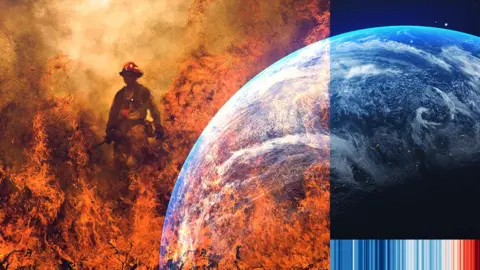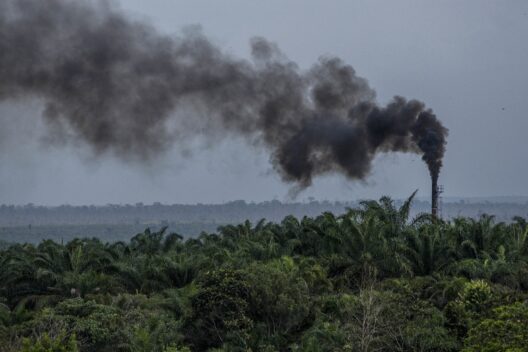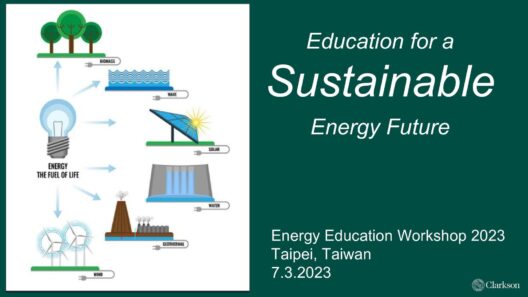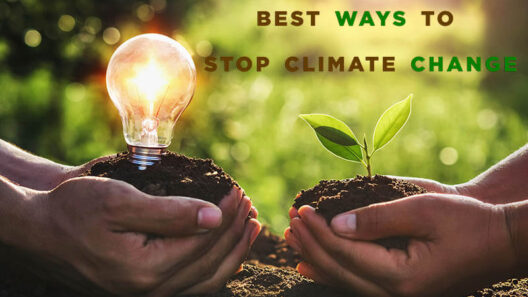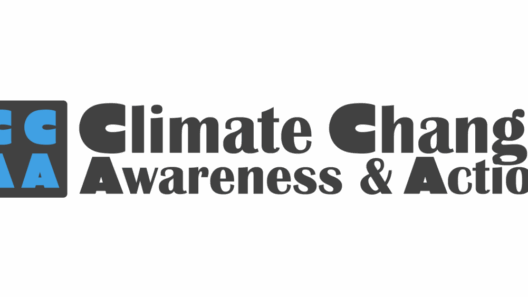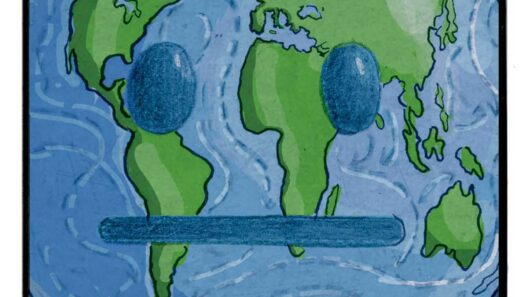The discourse surrounding climate change often provokes a viscerally charged debate, yet the empirical evidence increasingly solidifies the assertion that humans are the predominant drivers of this existential crisis. The climatic transformations we are witnessing—widespread glacial retreat, rising sea levels, and the escalatory frequency of extreme weather events—are inextricably linked to anthropogenic actions. This discourse is not merely theoretical; it yields profound implications for policy, economy, and the very fabric of society.
To deconstruct the complex interplay of factors contributing to climate change, we begin with greenhouse gas emissions. The burning of fossil fuels for energy, coupled with deforestation and industrial processes, has engendered a marked increase in carbon dioxide (CO2) concentrations in the atmosphere. Since the advent of the Industrial Revolution, CO2 levels have surged from approximately 280 parts per million to over 400 parts per million today. Such a dramatic shift unequivocally points to human activities as the locus of this transformation.
Some critics argue that climate variability and fluctuations are part of Earth’s natural cycles. It is certainly true that the planet has historically experienced periods of warming and cooling. However, distinguishing between natural variability and anthropogenic influence requires a nuanced understanding of climatology. Consider the scientifically supported models which demonstrate that while natural phenomena, such as volcanic eruptions and solar radiation fluctuations, do play a role, they cannot account for the magnitude of current climate change. The Intergovernmental Panel on Climate Change (IPCC) has firmly concluded that human activities are the dominant cause of recorded warming since the mid-20th century.
The evidence becomes even more compelling when we explore the phenomenon of feedback loops. As global temperatures rise, the Earth’s ice sheets and glaciers melt, resulting in decreased surface reflectivity, or albedo. This, in turn, accelerates warming, leading to even more ice melting—an insidious spiral that underscores the urgency of curtailing emissions. Each decade of inaction solidifies the notion that we are circumventing natural equilibrium in favor of catastrophic alterations to ecosystems.
Moreover, extensive interdisciplinary studies elucidate the ramifications of these changes. Biodiversity is already suffering; many species face extinction due to habitat loss and altered ecosystems. Coral reefs, for example, are experiencing widespread bleaching—a direct consequence of increased water temperatures and acidification due to elevated CO2 levels. The extinction of species is not merely a biological concern; it reverberates through ecological networks, threatening food security and the livelihoods of millions reliant on biodiversity. Such interconnections compel an urgent reevaluation of our practices.
An equally critical aspect is the socio-economic impact of climate change. Regions that are predisposed to poverty and vulnerable economies will bear the brunt of environmental degradation. As agricultural patterns shift due to changing weather conditions, food scarcity may become commonplace, exacerbating existing inequalities. Climate change acts as a threat multiplier; it intensifies conflicts and jeopardizes national security. Therefore, addressing human-induced climate change is a moral imperative as much as it is an environmental one.
In this context, the call to action becomes paramount. Policymakers must utilize the amassed data to inform legislation that curtails emissions. Renewable energy, such as solar, wind, and hydro, must transition from fringe technologies to mainstream solutions. Political will is essential; however, citizen engagement is equally crucial. Grassroots movements and collective action have historically precipitated substantial change, providing a testament to the power of unity in advocacy. We must cultivate a culture of environmental stewardship where sustainability becomes woven into the very essence of our economic models.
The dialogue surrounding climate change must also embrace an educational dimension. Misinformation regarding the causes and effects of climate change proliferates, often stymying progress. Education can serve as a robust antidote to skepticism. By fostering a rigorous scientific literacy unmarred by political affiliations, we can galvanize a generation adept at comprehending and addressing the myriad complexities of climate change.
While it may be tempting to indulge in the conviction that individual actions are inconsequential, it is imperative to adopt a systemic view. Collective behavioral reforms—such as reducing waste, enhancing energy efficiency, and advocating for sustainable practices—carry the potential to significantly diminish our carbon footprint. This paradigm shift can pave the way for transformative change across industries and communities.
Ultimately, the assertion that humans are the main cause of climate change invites us to reassess our relationship with the planet. It offers a clarion call for a proactive approach rather than a reactive one, urging us to recognize our stewardship responsibilities. The scientific consensus should not only inform policy but also inspire a cultural renaissance; one that prioritizes ecological integrity and fosters resilience in the face of inevitable environmental upheaval.
The question is no longer whether humans are responsible for climate change. It is a verdict resoundingly pronounced by the scientific community. The pertinent inquiry now revolves around our capacity to mobilize, innovate, and reimagine a sustainable future. In our hands lies the agency to reverse trends and initiate remedial action. The time for speculation has passed; the imperative for action has arrived.



